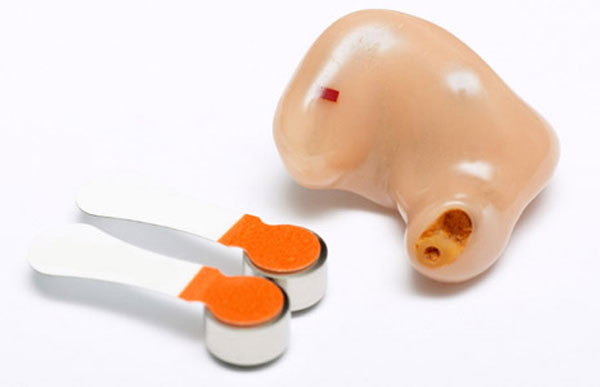How ENTs Address Chronic Ear Infections
Chronic ear infections can be a recurring concern, particularly for those


Chronic ear infections can be a recurring concern, particularly for those

If you’ve been diagnosed with otosclerosis, you may have questions about

Septum surgery, or septoplasty, is one of the most carried out procedures